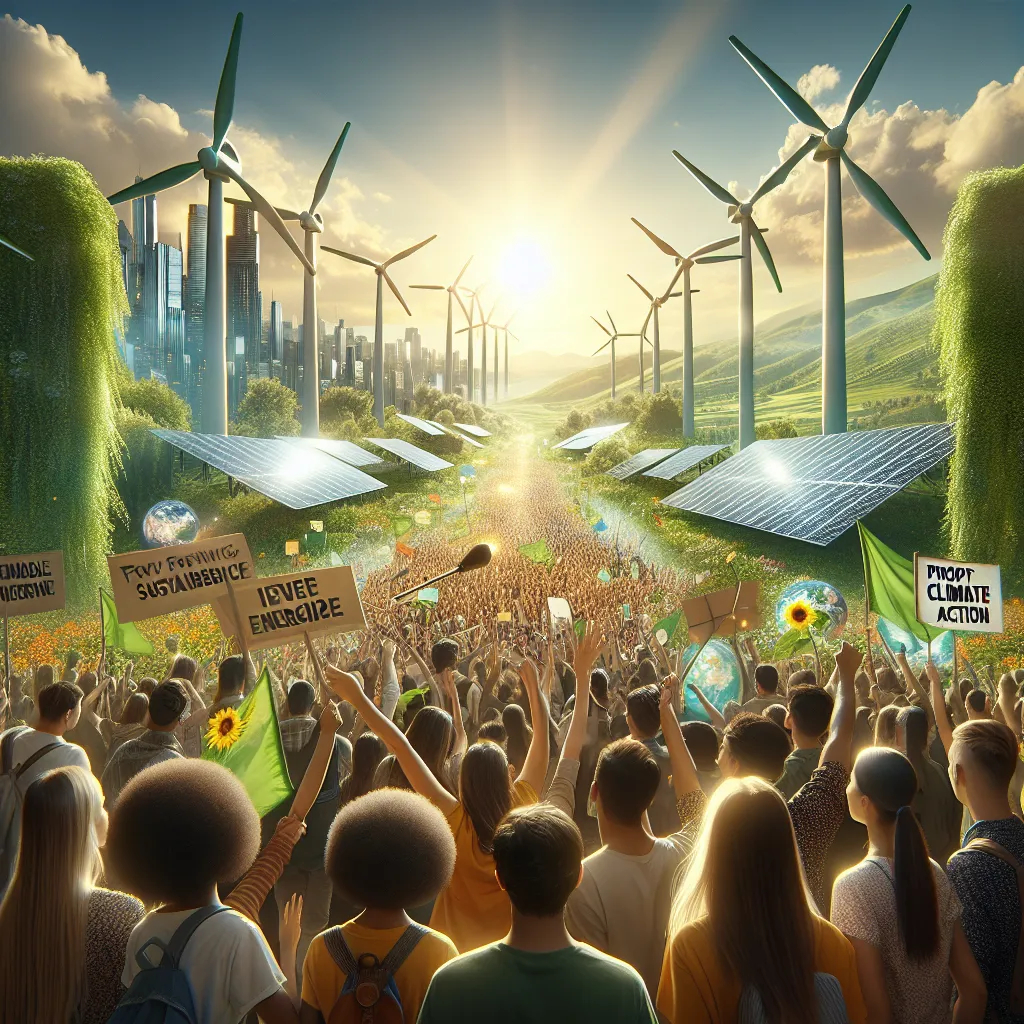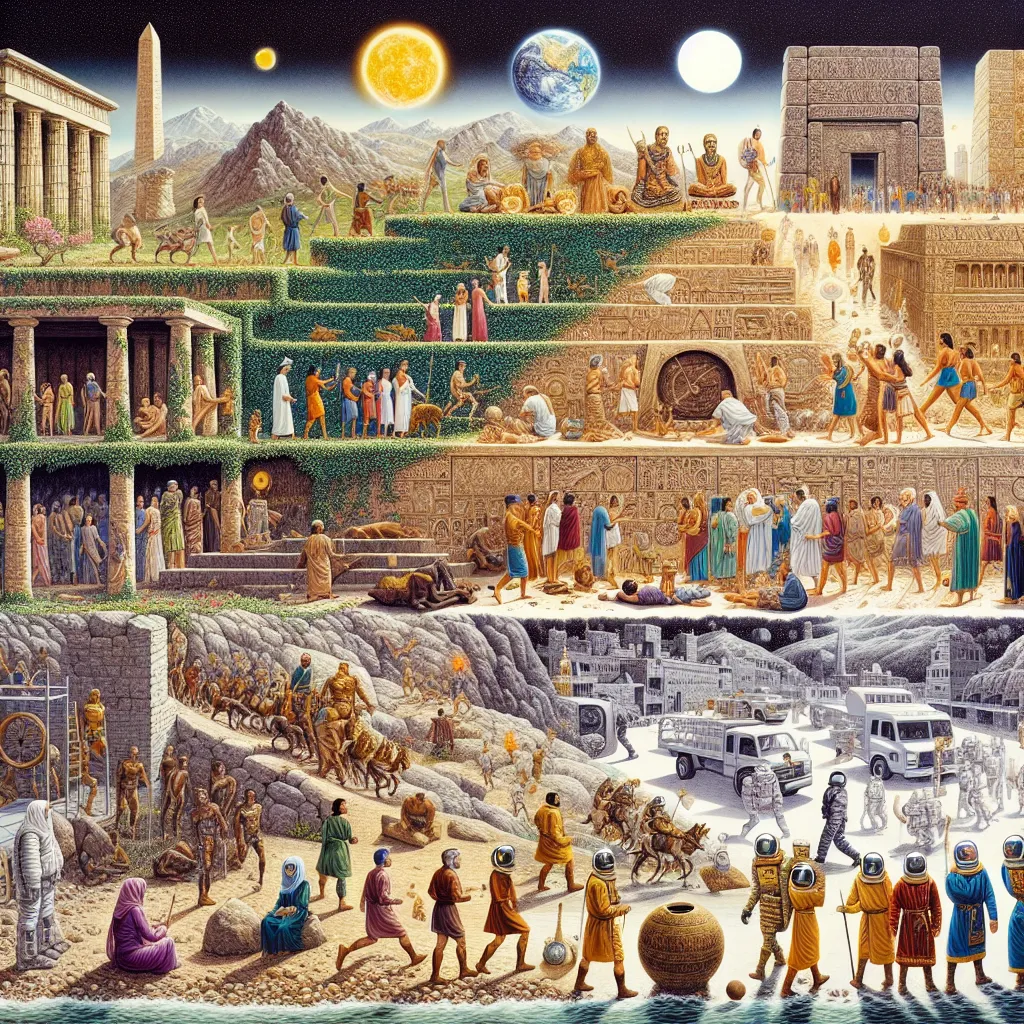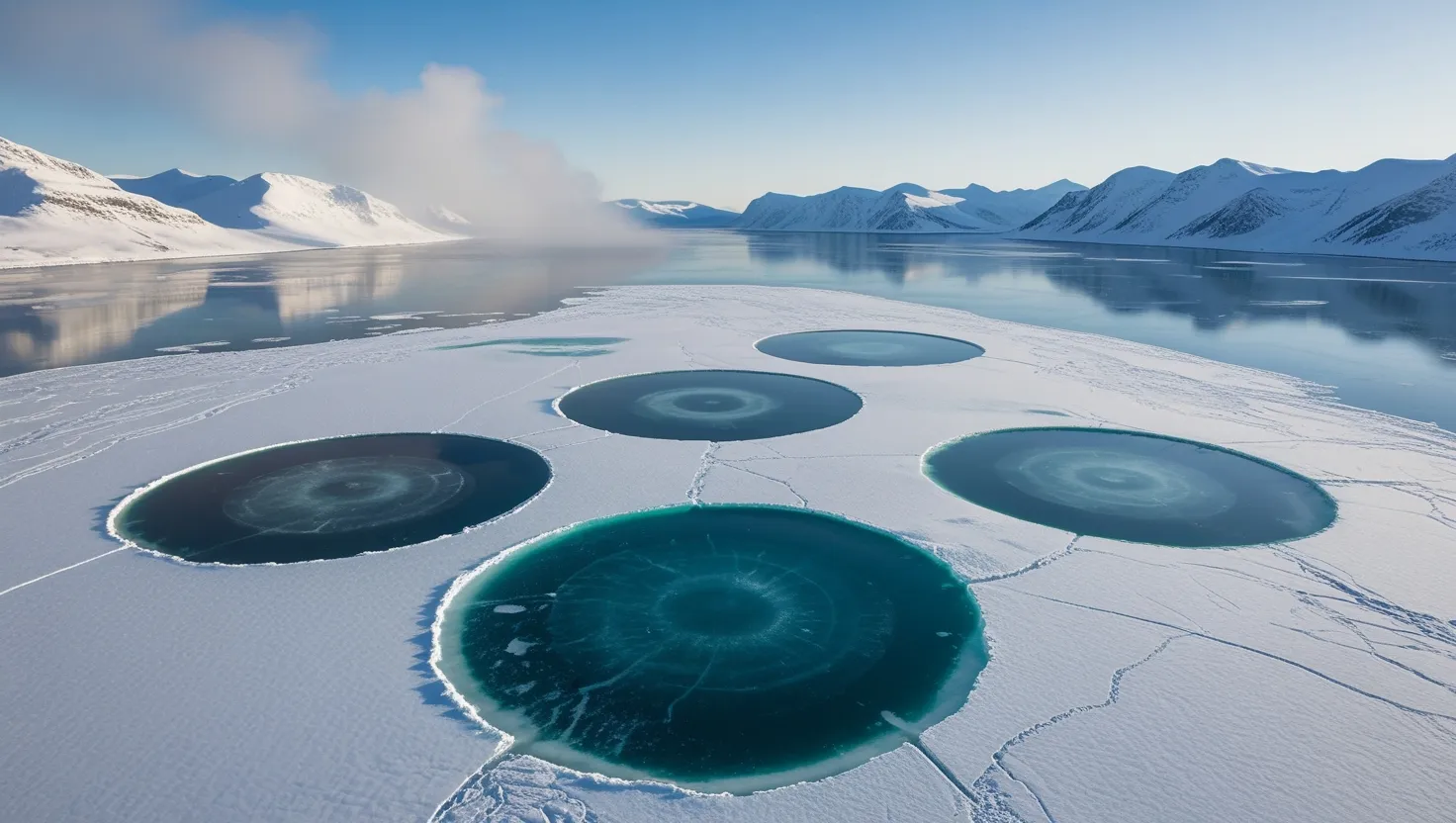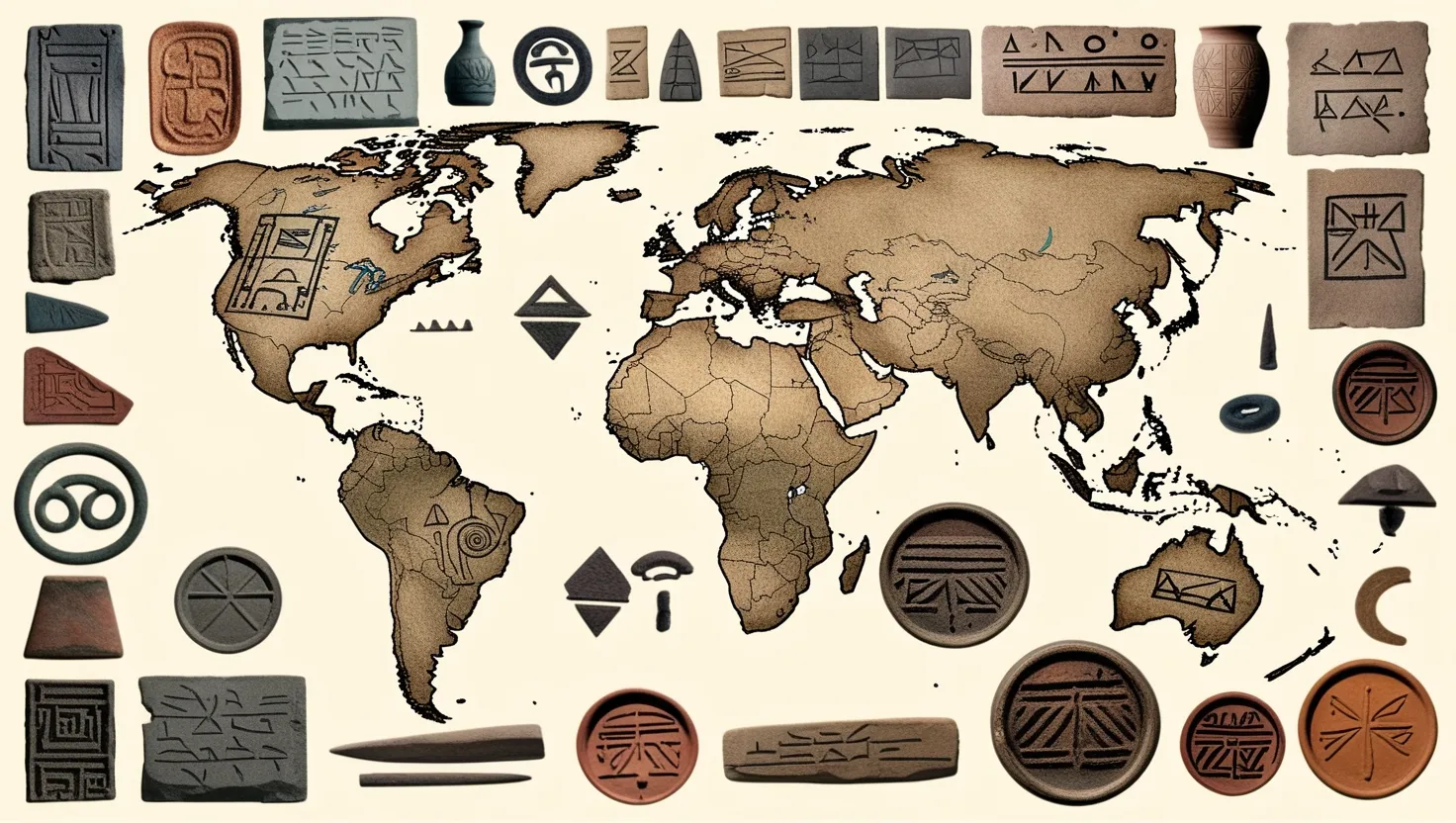Our world is heating up fast, and things are looking pretty shaky. Our carbon emissions are climbing too slowly to dodge runaway warming. We’re in danger of hitting tipping points that could wreck ecosystems and even our civilization. Scientists, activists, and many young folks are shouting for action, but most politicians seem to be dragging their feet. Meanwhile, the fossil fuel industry is on a mission to block change.
Humanity’s greed for quick profit is blinding us to the bigger picture, and if we don’t switch gears, our future looks bleak. Young people are especially anxious and depressed, wondering if they’ll even have a livable world ahead. It feels like an age of doom and giving up seems like the only option. But that’s not true. We aren’t doomed, and there’s hope if we act now.
For years, good news has quietly built up—there’s a clear path to our climate goals. The doomsday stories say climate change is the end, but what does science say? As of 2022, global temperatures are up by 1.2°C since pre-industrial times. We might not cap it at the Paris Agreement’s ideal 1.5°C, but there’s still hope.
Even with our current level of warming, hotter places get hotter and wet places wetter. Weather extremes will be the norm. If we hit 2°C, these extremes become even worse. By 3°C, parts of Earth may struggle to feed people, heatwaves will be a global headache, and natural systems will start breaking down, costing trillions in damages.
A 4 to 8°C increase spells real trouble—think mass extinctions and unlivable conditions. But, thanks to gradual but real progress, this nightmare scenario is becoming less likely. If our climate policies hold steady, we’re looking at around 3°C warming by 2100. That’s bad, but not the catastrophe we once feared. We’ve probably dodged the worst-case scenario.
Last decade, it seemed we failed miserably on climate policies. But behind the scenes, progress was happening. Coal use has slowed or leveled off in developing countries and dropped in rich ones. Renewable energy has surged—wind is three times cheaper and solar is ten times cheaper than a decade ago. Battery costs have plummeted, making green tech like electric cars more viable.
People across the globe are innovating to lower emissions. LED lights, electric cars, better insulation—everywhere, people are tackling aspects of climate change. As green tech improves, it gets cheaper and more widespread. Rich countries are cutting emissions while growing economically, showing it’s possible to get richer without polluting more. Developing countries stand to benefit as they can adopt these technologies more affordably.
By investing in green tech now, it’ll get even cheaper, making decarbonizing a smart business move. Carbon capture is growing, and though pricey now, costs will likely drop as investment pours in.
Though progress is real, it’s too slow. We still need to use resources more wisely, design long-lasting goods, and build better cities and infrastructure. Proper political support and policies are crucial.
Hopelessness is a trap, paralyzing action and playing into the fossil fuel industry’s hands. They’ve spun a tale from denying climate change to now saying it’s unavoidable and we’re doomed. But believing change is possible is the first step. Evidence shows change is happening—tech advances, policy shifts, and younger generations pushing for climate action.
Most governments now set Net Zero goals. The pressure must build to make those promises real. Climate doomerism is giving up, but we can still shift from dire predictions to better outcomes.
If we take action now, we can bring that 3°C down to 2°C, and maybe even lower. This isn’t just about avoiding the worst—it’s about building a hopeful future worth fighting for. Your role matters. Don’t let those who resist change win.






